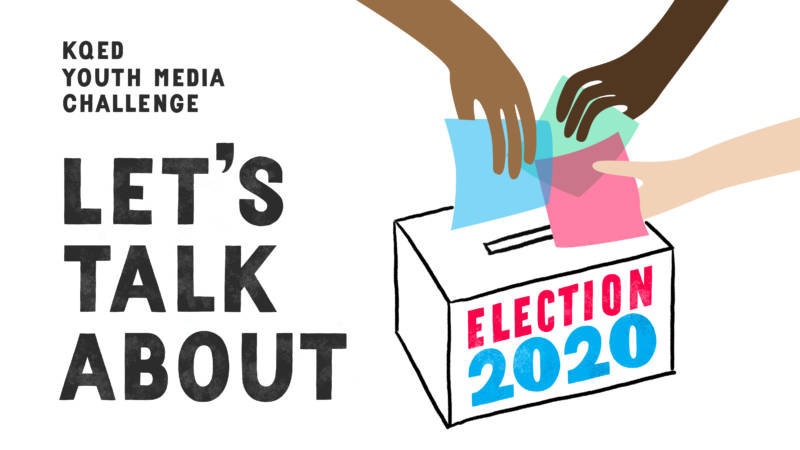When we think of civic engagement in schools, we often picture humanities classrooms. A government class may examine how a new law is formed. An English class may write argumentative essays about a relevant controversial issue. It may not be as obvious, but participating in civic life is just as crucial to STEM classrooms. Scientific practice always happens within a national context. Research depends on government funding and policies. Data are presented in media and the voting public interprets their meaning. Now more than ever, we need to cultivate STEM-literate young people who can navigate the impact of technology in society.
Furthermore, students are already passionate about the pressing scientific issues on the national stage. In the months leading up to the 2016 presidential election, young people wrote more than 11,000 Letters to the Next President. Science topics such as the environment/wildlife, animal rights, health, and climate change ranked among the top 20 most popular categories. This election, KQED Education, along with the National Writing Project and PBS NewsHour Student Reporting Labs, is building on the success of Letters to the Next President and asking students for audio or video commentaries on issues that matter to them. The KQED Youth Media Challenge: Let’s Talk About Election 2020 is the perfect opportunity for science, mathematics, and engineering teachers to support students’ critical thinking and evidence-based media making around STEM issues.
Want to get started, but don’t know how to fit this project in your curriculum that is already jam-packed with content? Here are some suggestions for using the Election 2020 challenge to enhance student understanding of the concepts you’re already teaching:
- Narrow the focus. Although we are putting out a broad call for election-related commentaries, you can set a specific scope for your students. For example, let’s say your biology class is studying the water cycle. You can use our prompt and ask students to create their commentary about a relevant water issue.
- Add a requirement. Maybe your algebra class is learning how to create equations to describe relationships between quantities. You can ask students to use an equation as evidence in their commentary. For example, a student discussing immigration could include an equation calculating net migration rate in three different countries. If your class is practicing constructing scatterplots, you could require students to use a graph to support their claims.
- Put a science (or math, engineering, etc.) lens on it. Topics that are not explicitly science-related often still rely on scientific evidence or thinking. If your chemistry student wants to create a commentary on vaping laws, she could include the important chemical characteristics of vitamin E acetate, a potential culprit of vaping-related illness. In your engineering class, after defining the issue (problem), students could pose potential solutions based on constraints.
The disciplines you teach can and should meaningfully deepen students’ civic engagement. STEM educators, join us and Let’s Talk About Election 2020.
More STEAM education resources from KQED
- PBS Media Literacy Educator Certification by KQED
- Professional Development on KQED Teach
- Explore all STEAM classroom media, lesson plans & more
